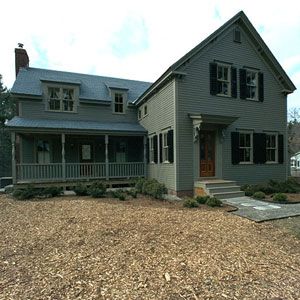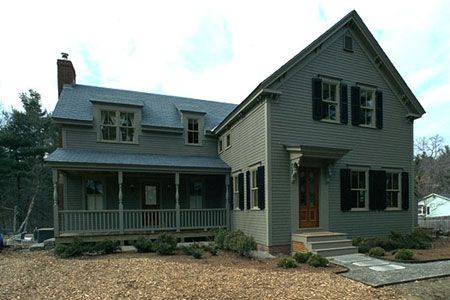
Seed, sod or hydroseed? This is the question people most frequently ask me. Hand seeding requires time, persistence, hard work and, often, re-seeding. Heavy rain can wash away your seed; sun and drought can burn it out; or a flock of birds can stop by for lunch. Sodding is the fastest but also the most expensive method. Hydroseeding, developed over 60 years ago when farmers needed to seed large areas at a low cost, is a middle-of-the-road approach. Today’s hydroseeding equipment gives landscape contractors great versatility in seeding lawns large and small. So how does hydroseeding work? Seeds (There are over nine hundred varieties which—by themselves or blended together—can produce turf for varying site conditions.), virgin wood fibers, fertilizer, binding agents and water are precisely measured and mixed together to form a homogeneous slurry. The mixture is then sprayed on to your lawn with hydraulic planting equipment. The wood fibers and binding agents in the slurry attach themselves to the prepared area and lock the seed and fiber into a network that retains moisture, sustains grass seedlings during dry-spells and acts as a deflector of wind, rain and pests. The hydroseeding mixture stabilizes the soil and eventually decomposes after the grass has grown enough to be cut. In Billerica, we determined that the site conditions were mostly full sun and would be heavily trafficked due to the proximity of two driveways and the newly created perennial beds. We chose a seed mixture that blends three varieties of Kentucky blue grass, one variety of chewing fescue and four turf-type perennial ryes. This mixture will produce a deep green, medium blade, hardy turf in the New England area. (The proper grass seed mixture for your lawn depends on site conditions as well as where you live.) To achieve the best results, before hydroseeding begins lawn areas should be stripped of excess grass and weeds, roto-tilled to relieve compaction, pH tested and soil balanced if needed and finally regraded with screened loam and compost materials. Hydroseed can grow almost anywhere. You must water daily for the first two weeks, you will be able to mow it. Remember not to scalp your lawn; removing more than a third of the blade shocks the plant and weakens the turf. And keep your mower’s blade sharp. When preparation, cultivation and maintenance are properly performed, you will enjoy a lawn as thick and green as the best farm-grown sod.

